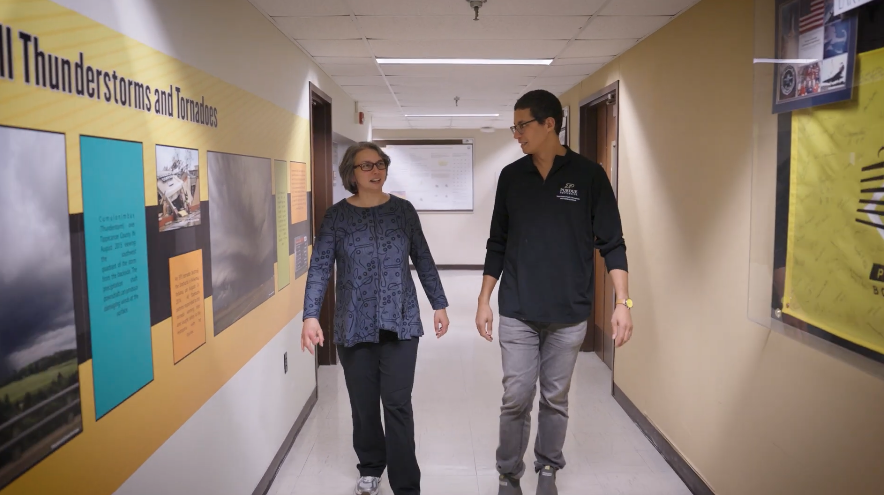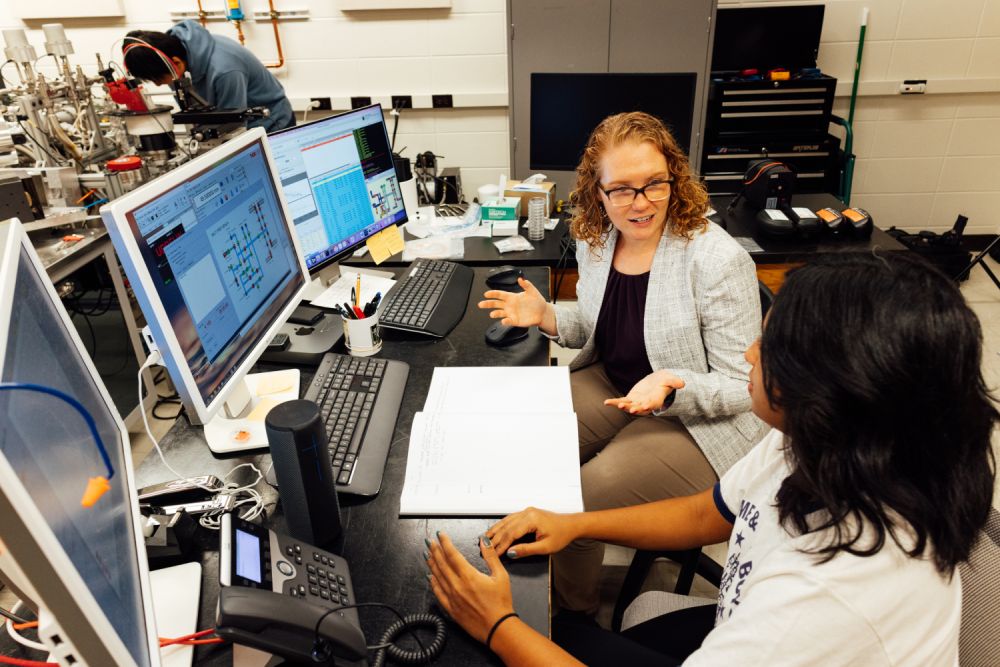
12-15-2025
Giant LEAPS in Planetary Understanding | Earth, Atmospheric & Planetary Sciences - Purdue University
WebsEdgeScience YouTube — Purdue’s Earth, Atmospheric, and Planetary Sciences community is pushing the boundaries of discovery, uncovering the forces that shape both our planet and our neighboring worlds. Researchers decode the history of Mars through precision lab analysis and rover data, simulate the powerful interactions between weather and climate to better understand severe storms, and map the hidden networks of water and seismic activity that sustain communities and infrastructure. Watch the latest feature about Purdue EAPS!

